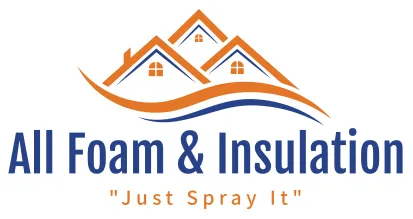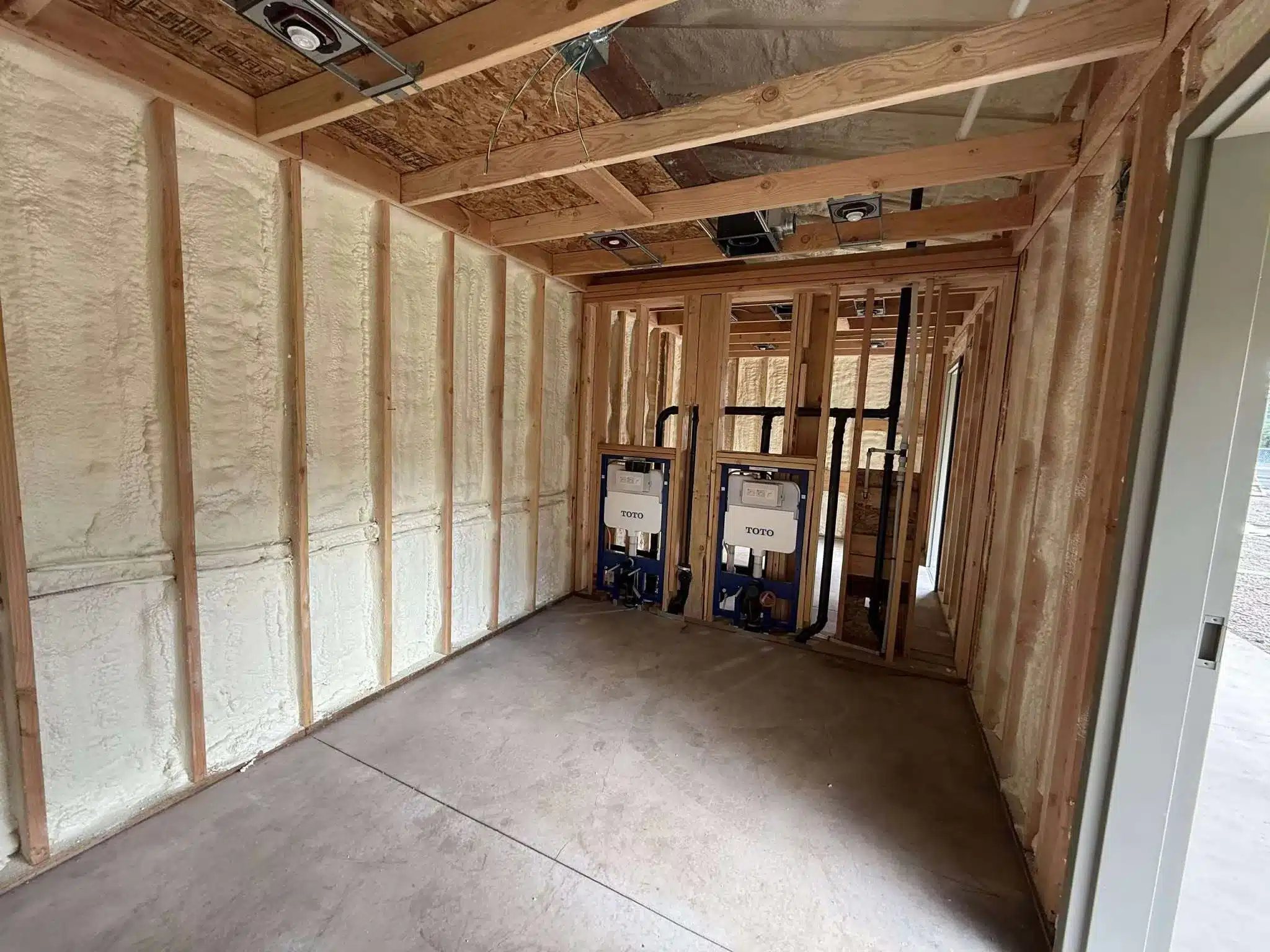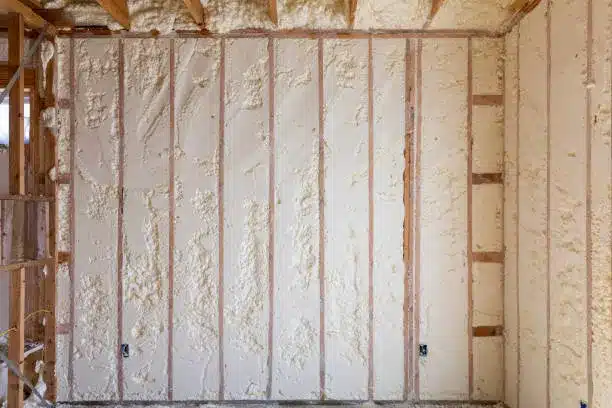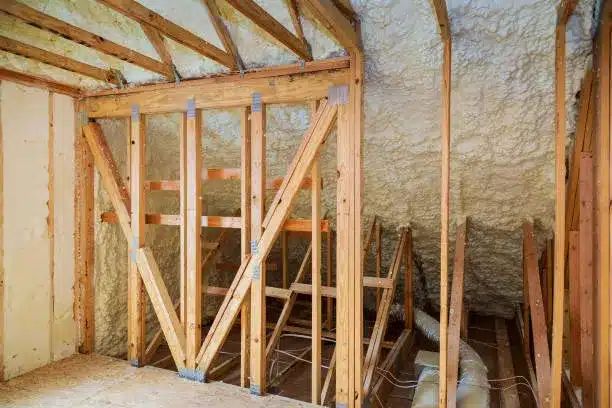The insulation system used in a building in Medford, Oregon must adapt to wide temperature swings, consistent moisture, and long heating seasons. High humidity, cold winters, and moderate summers drive specific insulation requirements. Closed-cell spray foam and blown-in cellulose are more resistant to moisture intrusion, while open-cell foam and fiberglass are more suitable for areas with reliable vapor control.
Buildings in Medford face an average of 151 days of measurable precipitation annually (NOAA), combined with frequent freeze-thaw cycles. This creates pressure on insulation systems to manage both air infiltration and moisture accumulation. The effectiveness of each insulation material depends on how it resists water vapor, seals gaps, and retains R-value in damp conditions.
All Foam & Insulation, LLC applies insulation technologies that perform reliably in this exact regional climate, based on years of installation experience in western Oregon.
How Local Climate Conditions Affect Material Suitability
Rainfall and Humidity
Medford’s marine-influenced climate brings high moisture levels. Any insulation installed must resist mold development and water absorption.
Bonus Tip: Always assess attic ventilation when installing insulation in high-humidity zones. Inadequate airflow leads to trapped moisture regardless of insulation type.
Freeze-Thaw Cycles
With regular winter lows near freezing, insulation exposed to shifting temperatures must retain thermal performance even when partially saturated.
Air Infiltration
Older structures in the area often lack air sealing. Effective insulation for Medford needs to fill gaps, reduce drafts, and prevent convective heat loss.
Performance Comparison Across Materials Used in Medford
| Feature | Closed-Cell Spray Foam | Open-Cell Spray Foam | Fiberglass Batt | Blown-In Insulation |
|---|---|---|---|---|
| R-Value per Inch | 6.0-7.0 | 3.5-4.0 | 3.0-3.7 | 2.2-3.8 |
| Air Barrier | Yes | Partial | No | No |
| Vapor Barrier | Yes | No | No | No |
| Moisture Resistance | High | Low | Low | Moderate |
| Mold Resistance | High | Moderate | Low | Moderate |
| Sound Dampening | Moderate | High | Low | Moderate |
| Best Use Case in Medford | Basements, Crawlspaces | Attics, Soundproofing | New Framing Cavities | Attic Top-Offs, Wall Cavities |
Technical Performance Specifications for Medford-Area Installs
| Specification | Typical Requirement in Medford Climate | Notes |
|---|---|---|
| Minimum R-Value (Walls) | R-21 | Cold winters require higher thermal resistance |
| Minimum R-Value (Attics) | R-49 | Per 2021 Oregon Residential Specialty Code |
| Vapor Retarder Class | Class I or II | Especially for unvented roofs and crawlspaces |
| Fire Spread Rating | Class A or B | Required by local code |
| Installation Method | Air-sealing + insulation combo | Sealing gaps before insulating improves results |
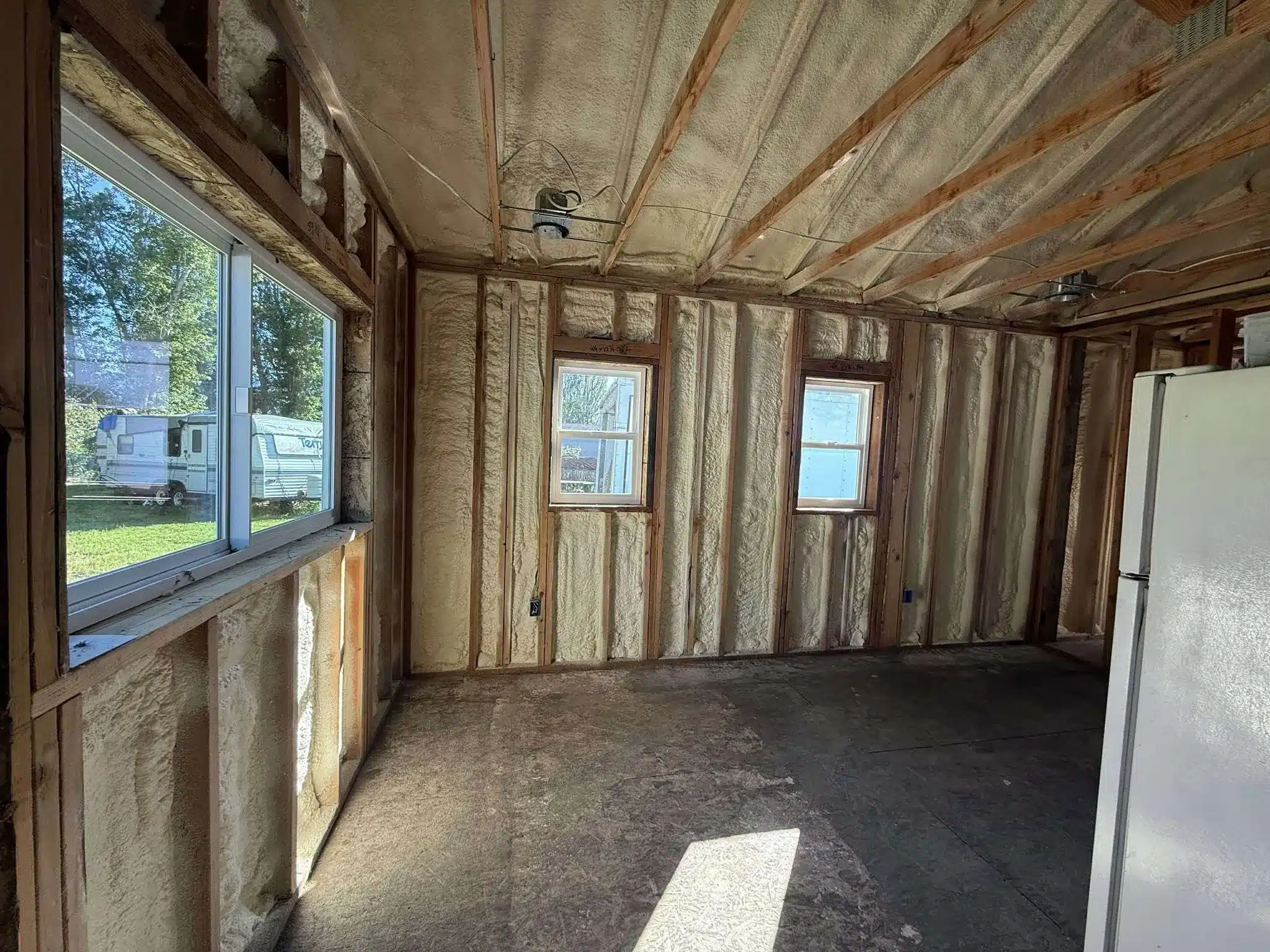
Practical Factors That Should Guide Insulation Decisions
Moisture Exposure: Crawlspaces and rim joists experience regular dampness. Closed-cell foam works best in these areas. Avoid fiberglass in contact with concrete or near-ground surfaces.
Air Sealing Needs: Homes built before 1990 often leak air through recessed lights, top plates, and joist ends. Spray foams reduce this leakage more effectively than loose-fill products.
Retrofit vs. New Construction: For retrofits in existing wall cavities, blown-in insulation minimizes drywall removal. For new builds, batts or open-cell foam offer cleaner installations.
Bonus Tip: Never install insulation over active moisture problems. Identify and correct sources like roof leaks or foundation seepage before any product is applied.
Focused Services for Medford’s Climate
All Foam & Insulation, LLC provides these insulation options specifically suited to the region:
- Closed-Cell Spray Foam: Dense, vapor-resistant insulation ideal for crawlspaces and wall sheathing exposed to moisture.
- Open-Cell Spray Foam: Air-sealing with acoustic performance, used in attics and interior partitions.
- Blown-In Insulation: Effective for attic upgrades or retrofits in existing walls without demolition.
- Fiberglass Batt Insulation: Installed in open framing; performs well when dry and properly air-sealed.
Before You Choose an Insulation System
Evaluate these specific aspects before selecting any product:
- Existing Ventilation: Proper airflow in attics and crawlspaces is critical.
- Structural Access: Choose retrofit-friendly materials for inaccessible cavities.
- Long-Term Air Sealing Goals: Foam products perform both insulation and sealing roles.
- Moisture Testing: Use humidity probes or infrared scans to detect hidden problems.
Common Questions About Insulation in Medford Homes
What type of insulation works best in Medford’s damp and changing climate?
Closed-cell spray foam is ideal for areas exposed to moisture, like crawlspaces and basements, due to its high R-value, air sealing properties, and moisture resistance.
Can I use fiberglass insulation in older homes around Medford?
Fiberglass can be used in dry, open framing areas, but it’s not recommended for crawlspaces or basements. In older homes with air leaks, spray foam offers better long-term performance.
What’s the best insulation option for attic upgrades or retrofits?
Blown-in insulation is a great choice for retrofits. It fills cavities effectively and can be added over existing material without major demolition.
Summary of Key Takeaways
Insulation in Medford must address persistent moisture, fluctuating temperatures, and air leakage. Closed-cell spray foam provides the highest performance for air and vapor resistance. Blown-in options are effective in retrofits. Open-cell foam suits dry, interior applications. Material choice should align with structure type, moisture exposure, and energy goals.
Get Guidance on the Right Insulation for Medford Homes
Choosing the right insulation starts with understanding the regional climate and construction type. All Foam & Insulation, LLC applies practical, climate-aware solutions that match Medford’s conditions. To discuss project needs or get site-specific input, contact (541) 826-9600 or email [email protected].
Frequently Asked Questions
What insulation handles moisture best?
Closed-cell spray foam has the highest moisture resistance and performs reliably in damp basements and rim joists.
What’s the best option for retrofitting an old attic?
Blown-in insulation provides good coverage and can be installed over existing materials without demolition.
Does open-cell foam stop air leaks?
Yes, but not completely. It’s effective at reducing air flow, but not a full vapor barrier.
Can fiberglass work in crawlspaces?
Not recommended. Fiberglass absorbs moisture and may support mold in exposed or damp areas.
How does spray foam hold up over time?
Closed-cell spray foam retains R-value and structure for decades when applied to clean, dry surfaces.

